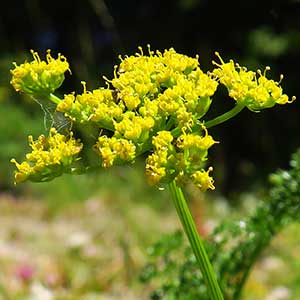Pteryxia terebinthina var. terebinthina
(synonym of Cymopterus terebinthinus)
aromatic spring parsley, turpentine cymopterus, turpentine spring parsley, turpentine wavewing
Pteryxia terebinthina var. terebinthina
- Local floras:
CA,
OR,
WA
- Local Web sites:
CalFlora,
CalPhotos,
Flora NW,
PNW Herbaria
WildflowerSearch
iNaturalist (observations)
USDA Plants Database
- LBJ Wildflower Center
- SEINet
- Plants of the World Online
- Encyclopedia of Life
- Wikipedia
- Google Image Search


